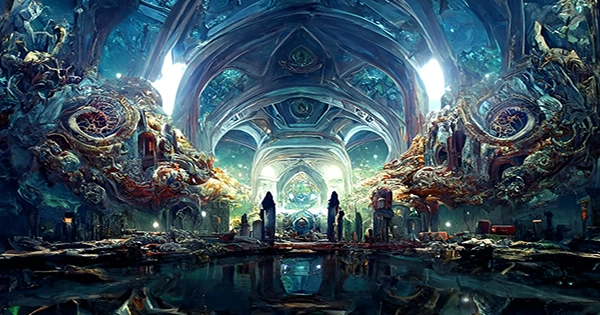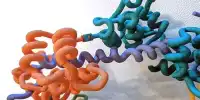The Colorado State Fair’s art competition featured a human who used an AI-generated image to take home the top prize. Jason Allen, also known as Sincarnate on Discord, made the announcement that he had won the digital arts division of the Colorado State Fair fine arts competition on the Midjourney channel.
He informed the channel devoted to image-generating AI Midjourney, “After a one-month break, I have returned with an exciting announcement regarding my personal project I’ve produced utilizing Midjourney.
“I have been experimenting with a particular prompt that I will be posting at a later time. I have made hundreds of photos with it, and after several weeks of curating and fine-tuning my gens, I chose my favorite three and had them printed on the canvas after upscaling with Gigapixel A.I.”
He told them the piece was created on a computer and they invited him to enter the competition in the digital art category using these photos. Allen stated that he told the competition that it was created by “Jason Allen via Midjourney,” the name of his firm, Incarnate Games, which makes tabletop fantasy games.
“I set out to use Midjourney in a competitive manner to make a statement, and wow! I am beyond thrilled to have won with “Theatre d’Opera Spatial,” my favorite work.
The sculpture was created artificially, but one of the competition judges, art historian Dagny McKinley, told the Washington Post that she would still have voted for it since Allen “had a concept and a vision he brought to life, and it’s really a lovely picture.”
Despite his defense of the piece as art, Allen calls himself “not an artist.” Numerous artists concurred with him on this issue.
Chris Shehan, a comic book artist, said on Twitter that it would be unethical for someone to enter their own work in a contest under their own name and win. “Let’s pretend AI art didn’t exist for a second. Someone sends an artist a bunch of prompts, and the artist does art and sends it back to the person who writes the prompts.
“The AI is not a person, but the person who developed it by entering text into the AI is not an artist. They created nothing. At most, they collaborated. A collaboration they can take credit for because there is no human on the other end. This should not be permitted. It’s bad.”
The sculpture was created artificially, but one of the competition judges, art historian Dagny McKinley, told the Washington Post that she would still have voted for it since Allen “had a concept and a vision he brought to life, and it’s really a lovely picture.”
Despite his defense of the piece as art, Allen calls himself “not an artist.” Numerous artists concurred with him on this issue.
He recognized in a post on Discord that he was probably being attacked for a lack of competence or effort, but he defended the work nonetheless.
Should this artist’s work be judged differently than another who created the same piece “normally”? he asked. “What if we looked at it from the other extreme, what if an artist made a wildly difficult and complicated series of restraints in order to create a piece, say, they made their art while hanging upside-down and being whipped while painting.
“I know what will happen to this in the end; they will probably just create an “artificial intelligence art” category for items like this,” the author said.














